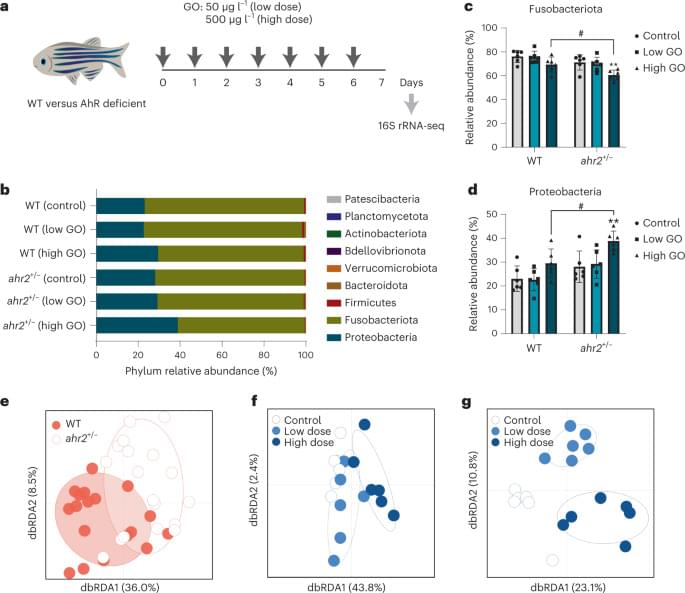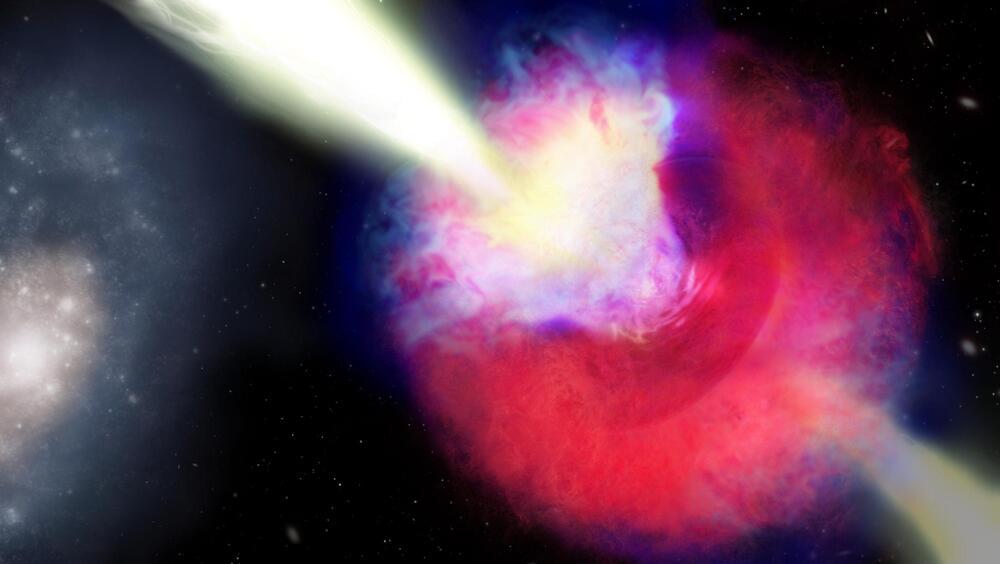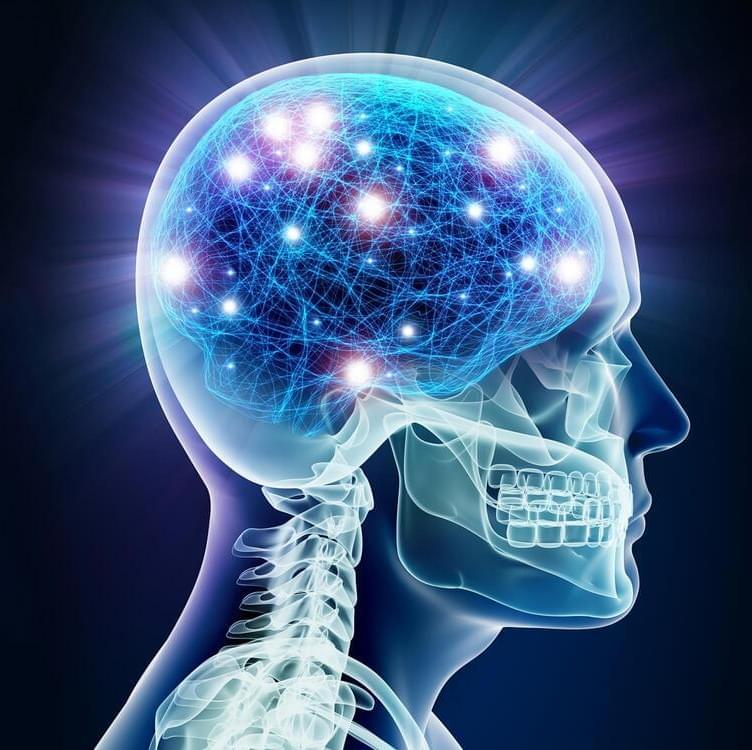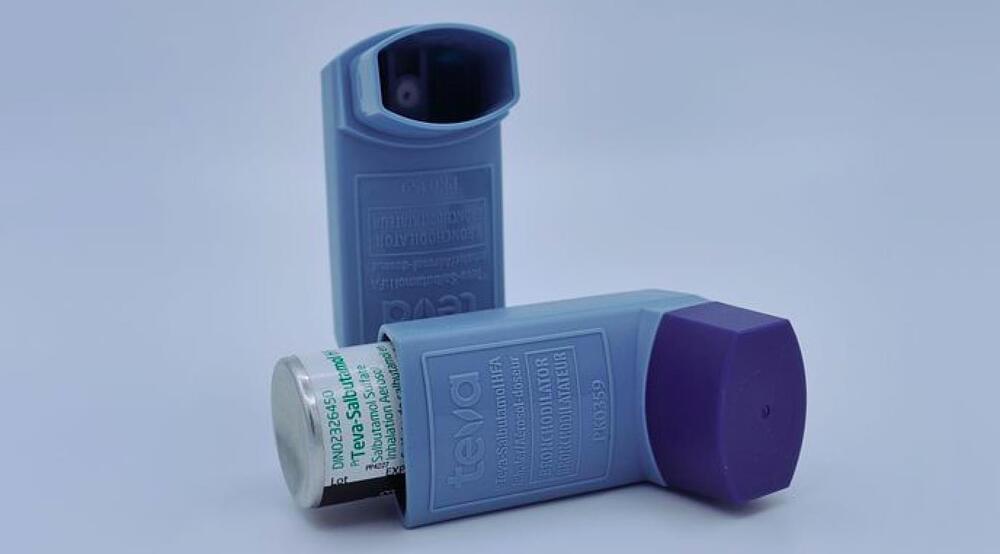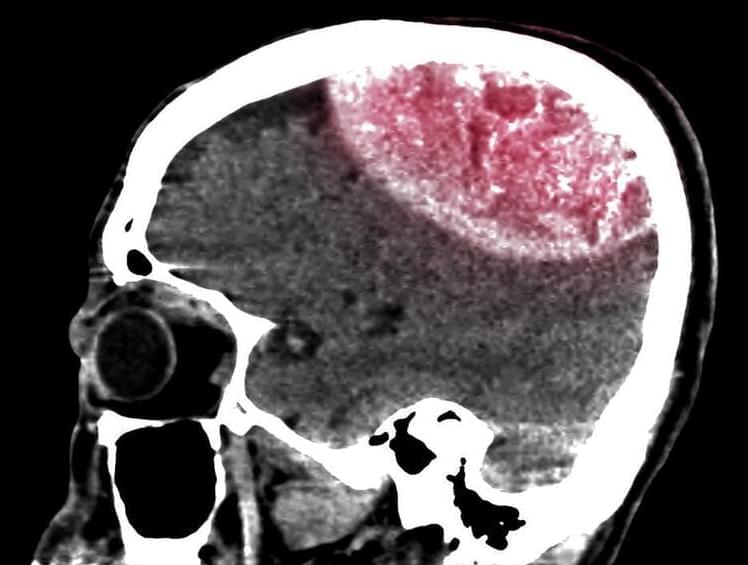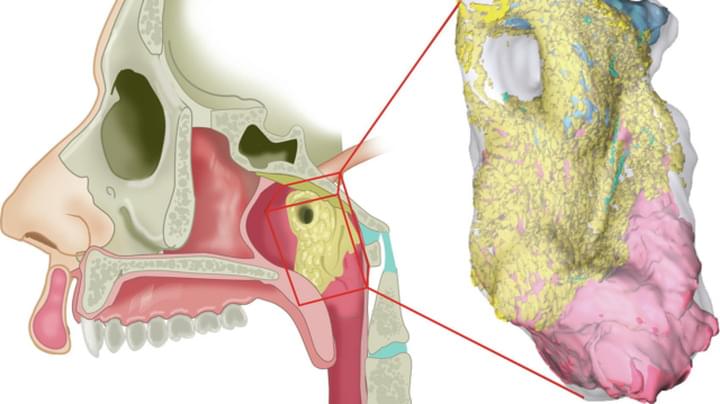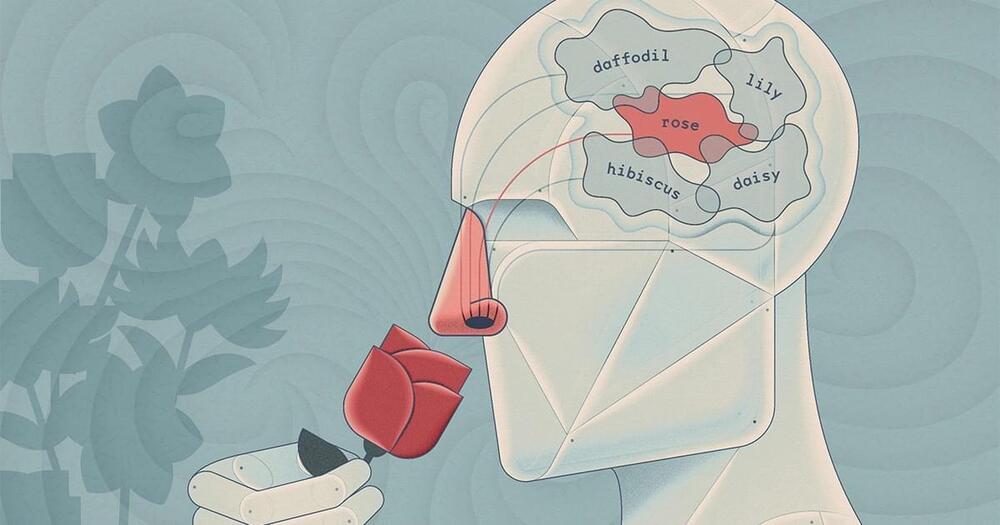Like so many on-screen action heroes, she was elbowed aside when newer stars appeared and started grabbing more viewers with bigger weapons, better special effects and more elaborate adventures.
That’s when Lars Wingefors spied an opportunity and swooped in.
Earlier this year, the little-known Swedish billionaire bought the rights to British archaeologist Lara Croft and the vehicle that turned her into a household name. After debuting 26 years ago, “Tomb Raider” went on to become one of the best-selling video game franchises of all time, spawning lucrative spinoffs and movies starring Angelina Jolie and Alicia Vikander, before faltering as bigger games and mobile apps appeared and gaming moved away from its core teenage male audience to young girls, college students and families.

